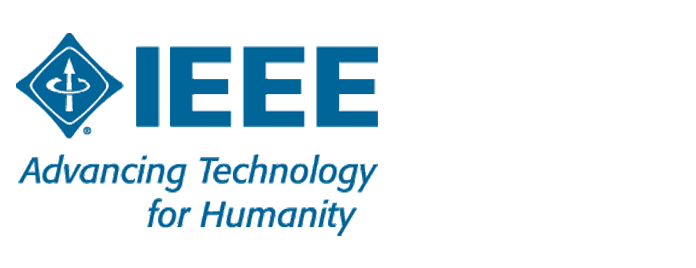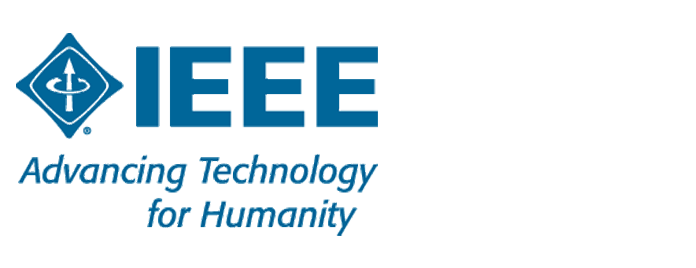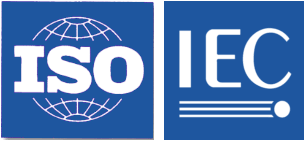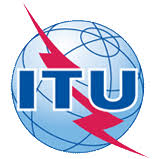Industrial automation systems and integration — Standardized procedures for production systems engineering — Part 3: Information flows in production planning processes
ISO 18828-3:2017 describes the information flows identified for each planning discipline within production planning, according to ISO 18828‑2.
The following aspects are within the scope of ISO 18828-3:2017:
· general overview of the main information flows within the reference planning process;
· basic pattern to describe the main information flows;
· detailed description of every main information flow;
· state notation structure of the main information flows objects;
· detailed descriptions for each information object state;
· proposal of checklists for benchmarking information objects.
The following items are outside the scope of ISO 18828-3:2017:
· information flows to intersecting areas, including high-level planning;
· data models for production planning;
· complete description of all possible information flows/objects within production planning;
· workflow engines for automated production planning;
· production facilities planning/manufacturing facilities planning (physical plant and equipment); including any kind of resource that is not directly related to the manufacturing process;
· value chain (inbound logistics, operations management, outbound logistics, marketing and sales);
· process simulation/safeguarding;
· investment planning during production process management.





